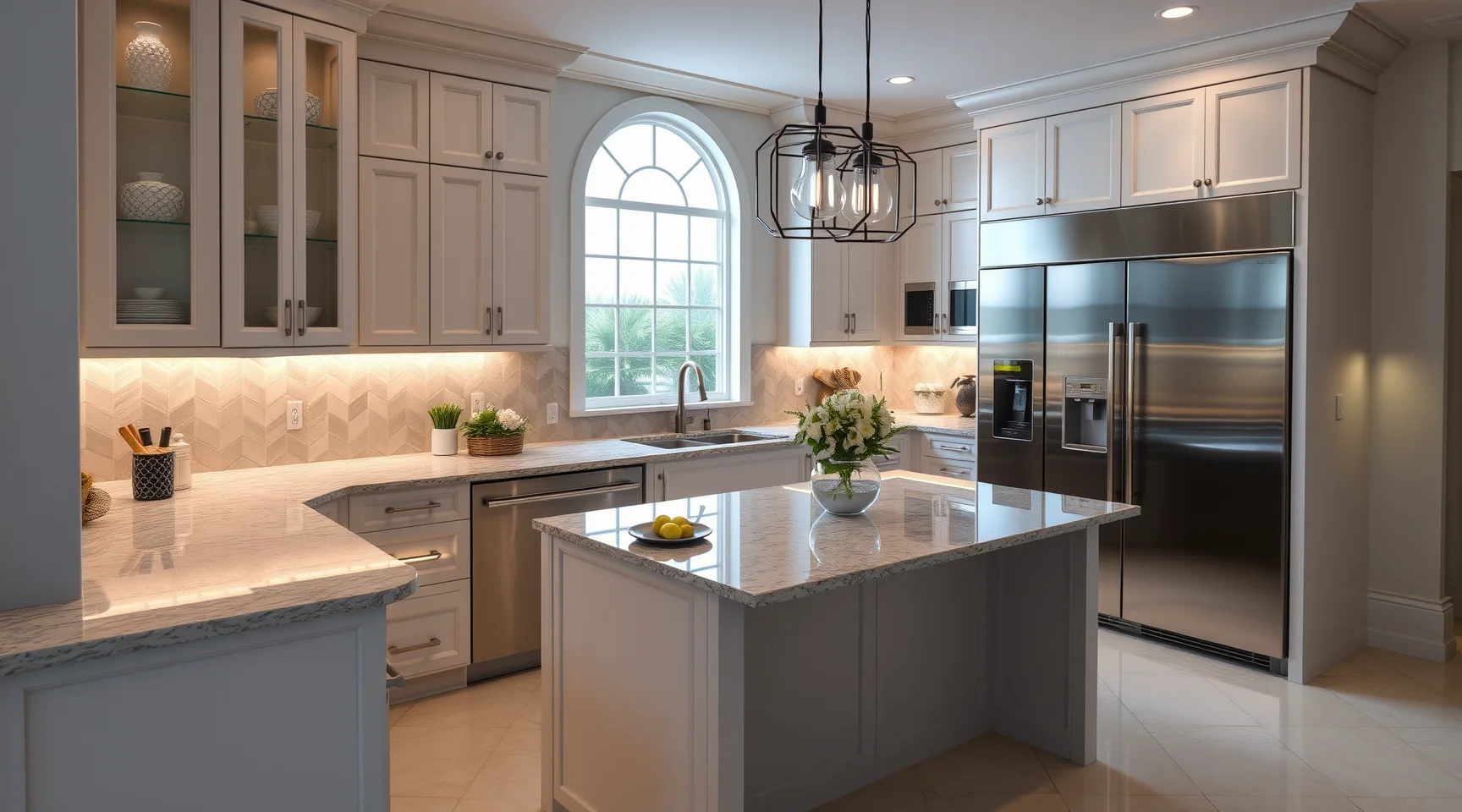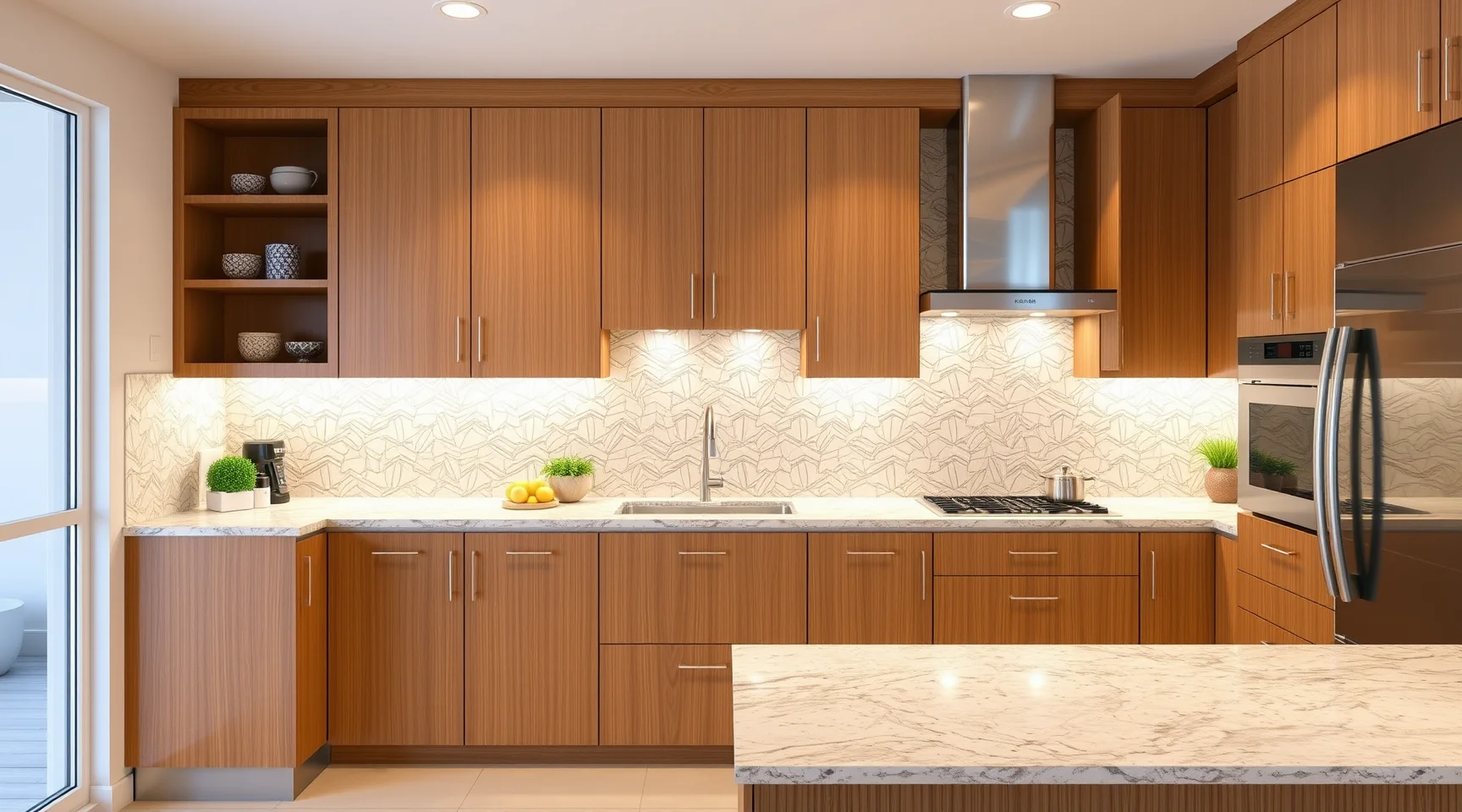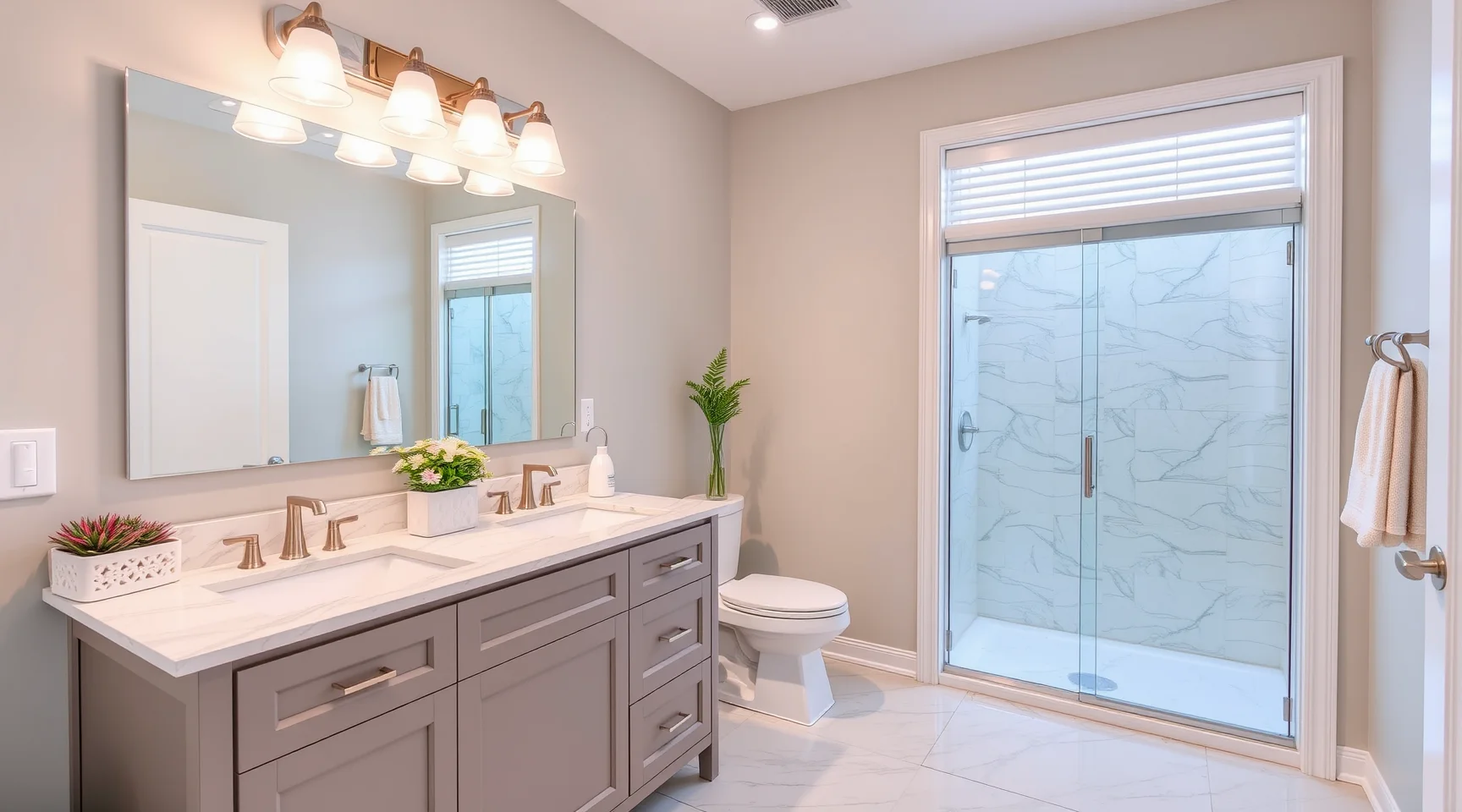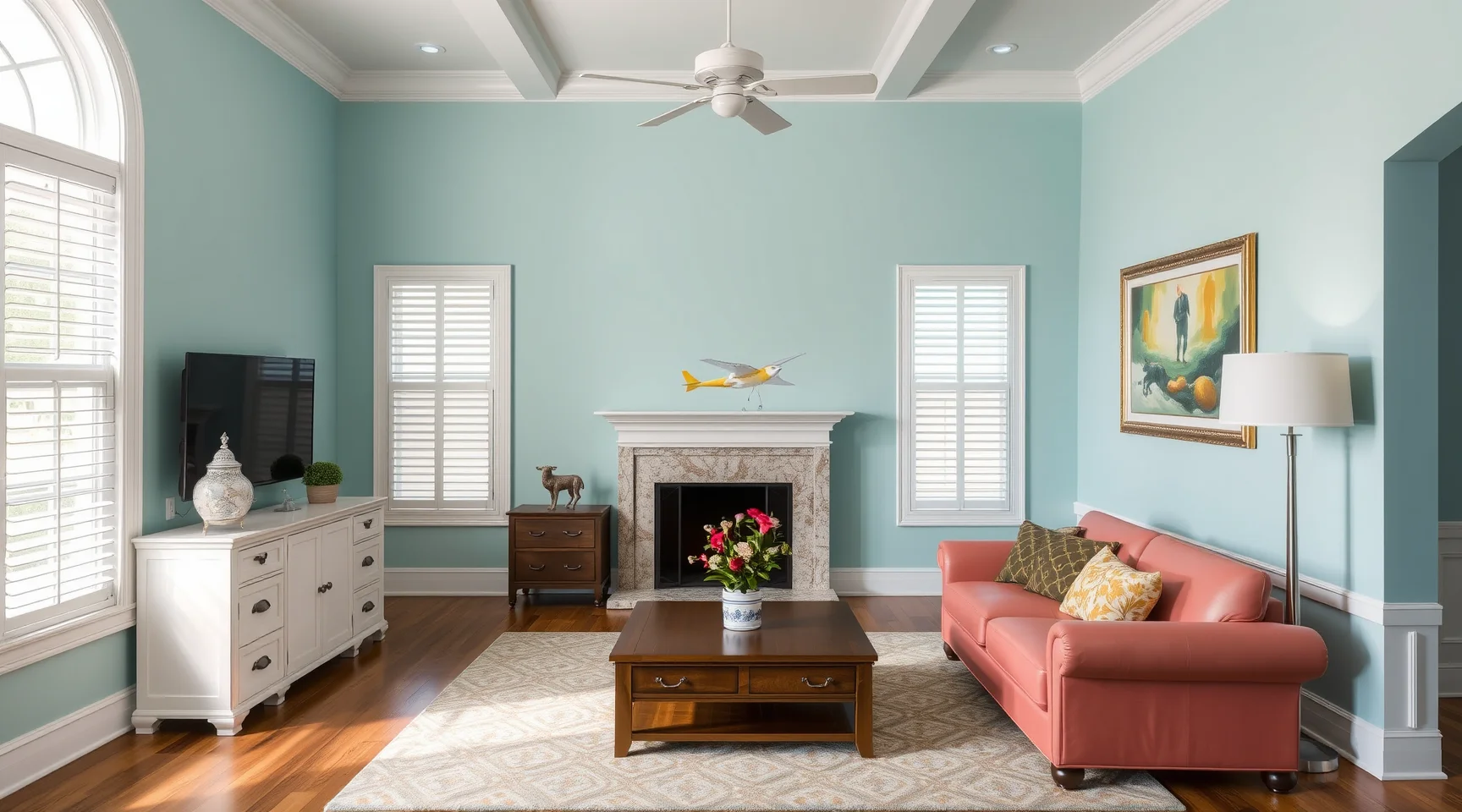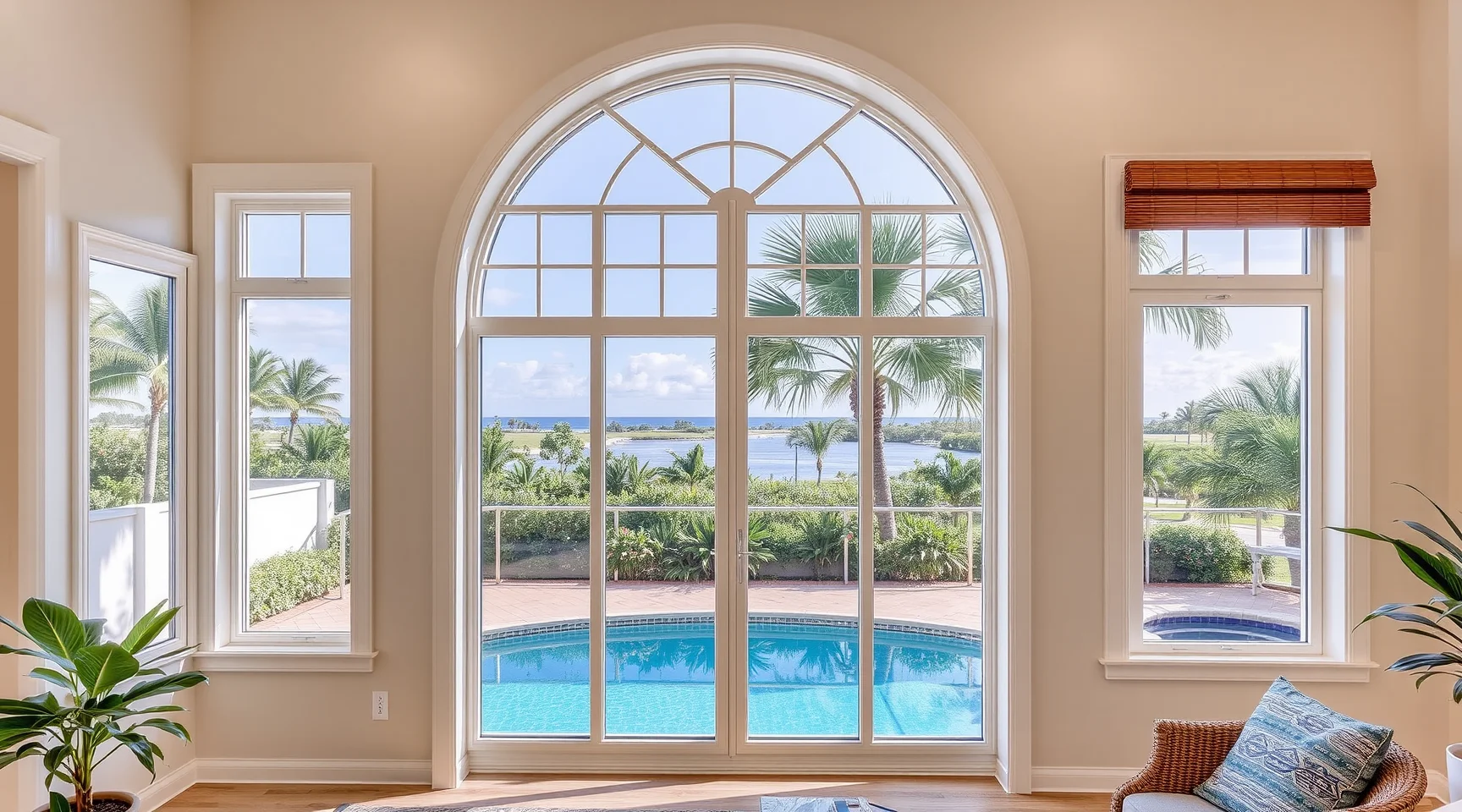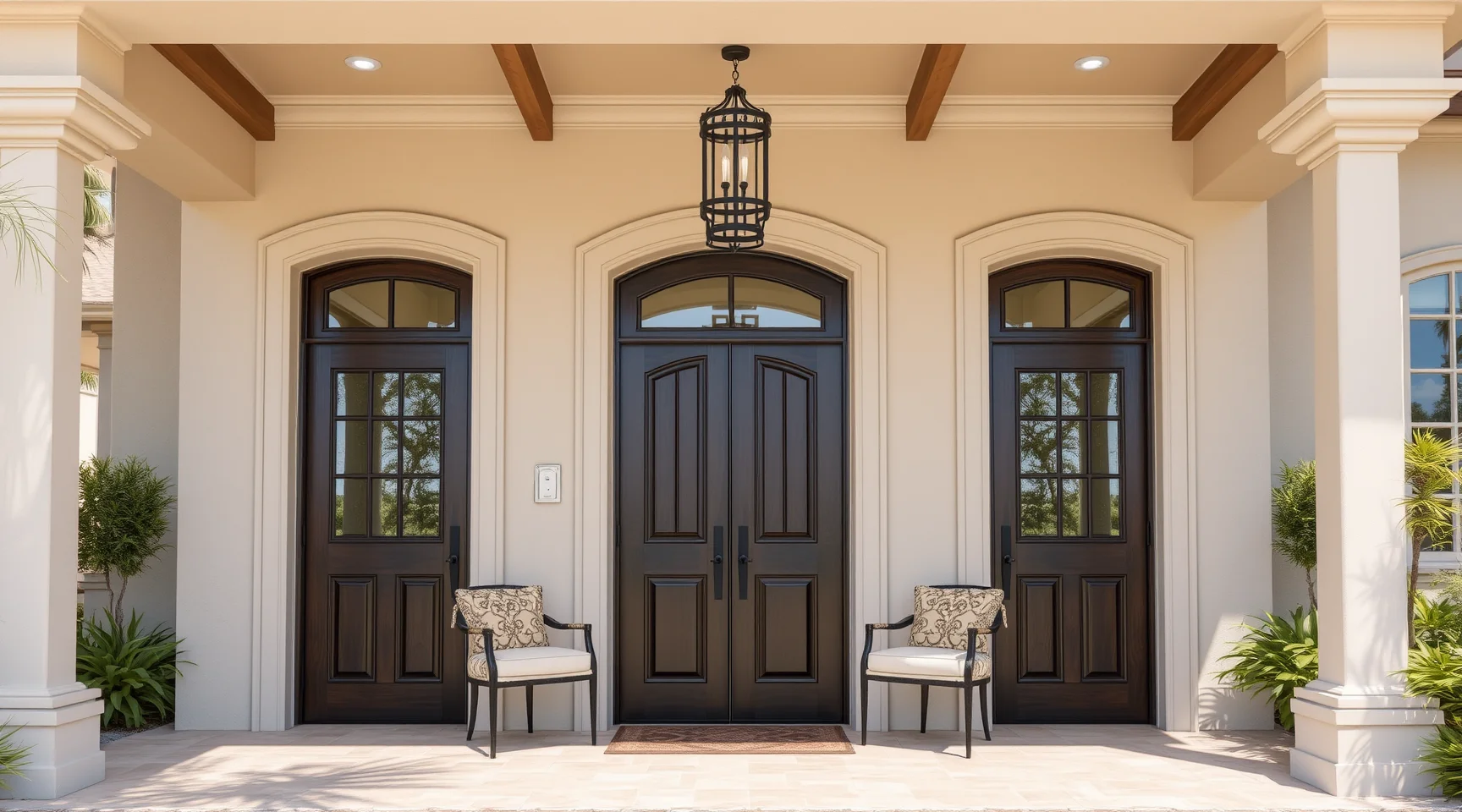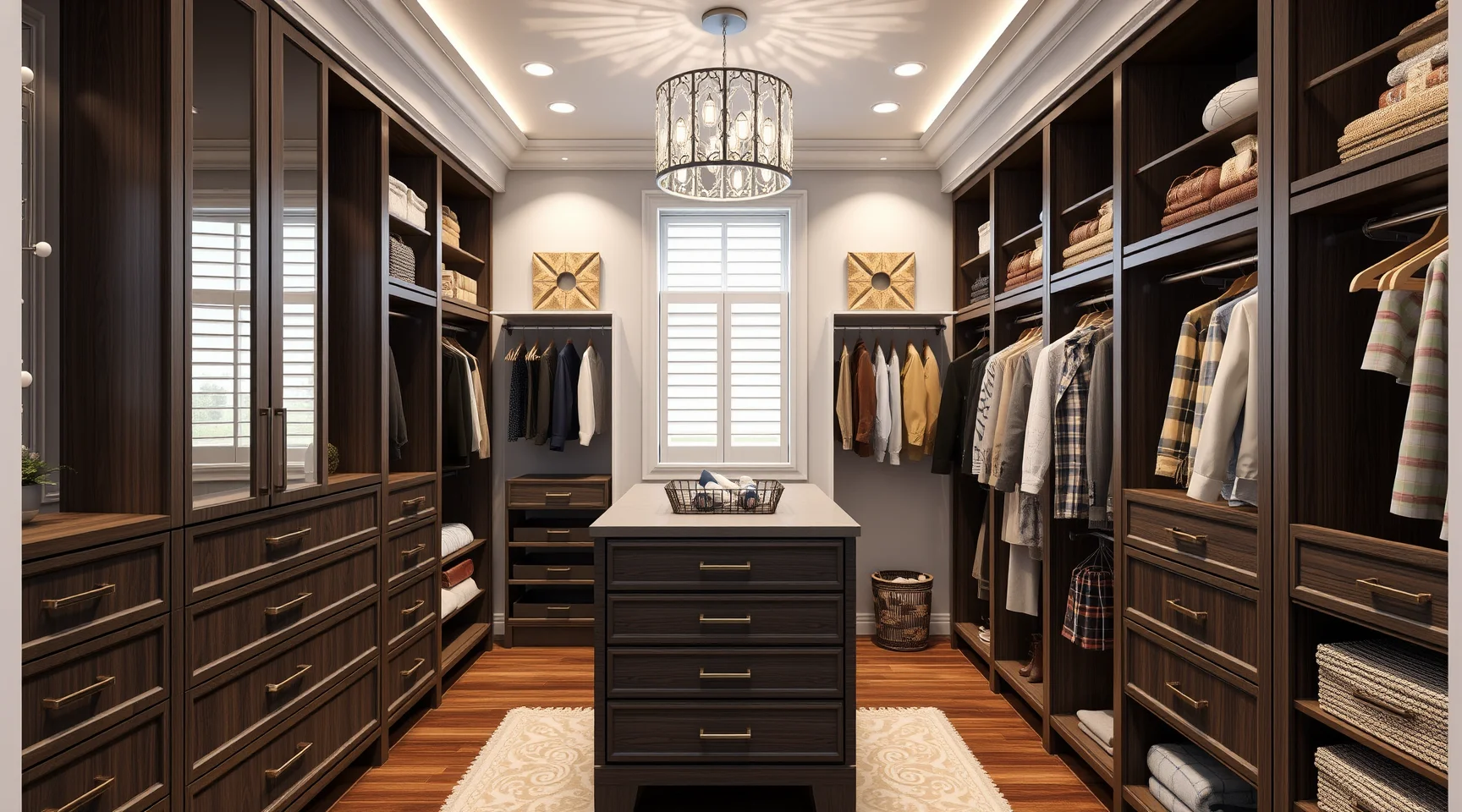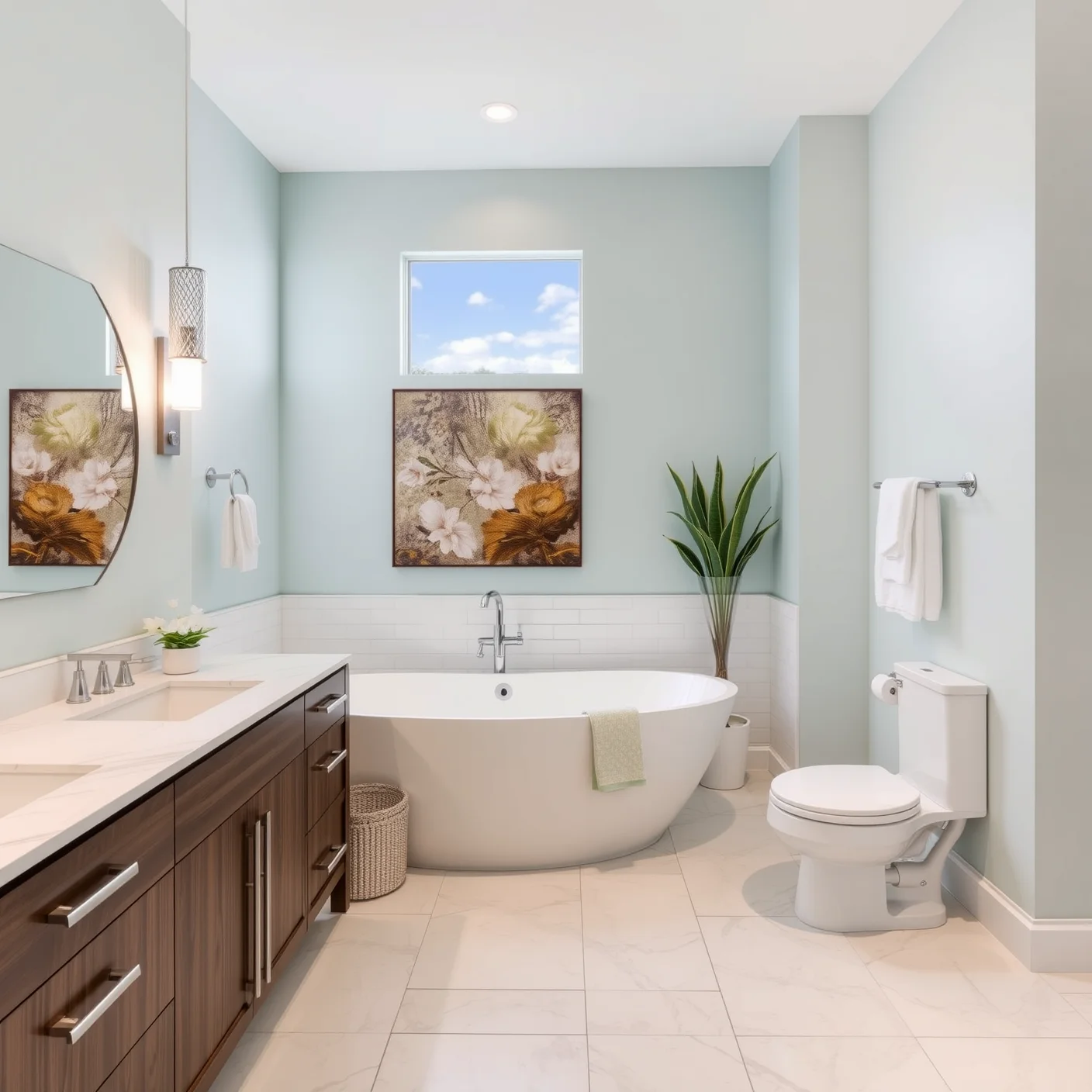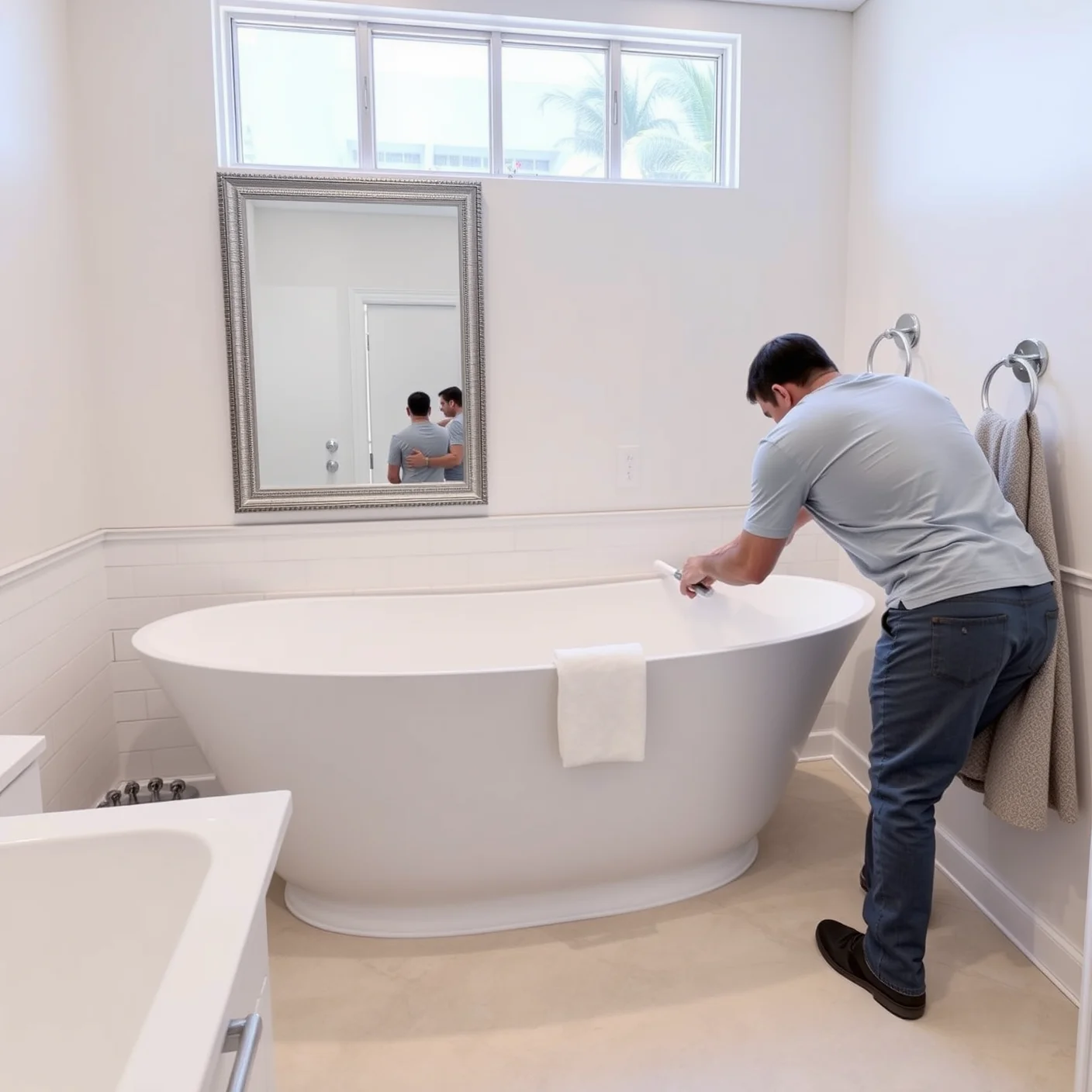

How to Fix Poor Bathroom Ventilation | Easy & Effective Solutions
How to Fix Poor Bathroom Ventilation: Expert Tips for Better Airflow and Moisture Control
Bathroom ventilation plays a crucial role in maintaining a healthy, mold-free, and comfortable environment. Poor airflow can lead to excess moisture, unpleasant odors, and even structural damage over time. If you're questioning how to fix poor bathroom ventilation, you're in the right place. This comprehensive guide offers actionable insights from industry experts to help you restore proper airflow, control humidity, and prevent long-term problems.
What Are the Common Signs of Poor Bathroom Ventilation?
Persistent or lingering musty odors
Condensation buildup on mirrors, walls, or windows
Visible mold or mildew growth
Peeling paint or wallpaper
Warpage or deterioration of drywall or cabinetry
Recognizing these signs early can save you from costly repairs and health issues caused by excess indoor moisture. Understanding the causes of poor ventilation is the first step in effectively addressing the problem.
What Causes Poor Bathroom Ventilation?
Inadequate or non-existent exhaust fans
Obstructed airflow due to outdated or blocked vents
Design flaws, such as poorly placed vents or attic obstructions
High humidity levels without proper moisture management
Leaky or poorly sealed windows and doors
Knowing these causes helps pinpoint the most effective solutions tailored to your bathroom's specific needs. Now, let’s explore how to fix poor bathroom ventilation with proven strategies.
How Can You Improve Bathroom Airflow Effectively?
1. Upgrade or Install a High-Quality Exhaust Fan
The most direct way to enhance ventilation is by installing a powerful, appropriately rated exhaust fan. Modern models are designed to remove moisture swiftly and quietly. Consider the size of your bathroom—larger spaces require higher CFM (cubic feet per minute) ratings to ensure proper airflow.
When choosing a fan, look for features such as humidity sensors, low noise levels, and energy efficiency. Proper installation is key—ensure the fan vents directly outside to prevent moisture from recirculating into your bathroom.
2. Ensure Proper Ventilation Ductwork and Vent Placement
Even the best fan won’t perform optimally if the ductwork is poorly installed or obstructed. Regularly inspect your ventilation ducts for blockages or leaks. Use smooth, insulated ducts to reduce noise and increase efficiency. Position vents in strategic locations—ideally high on a wall or ceiling to allow hot, moist air to escape effectively.
3. Use Moisture-Resistant Paints and Materials
Applying moisture-resistant paint on walls and ceilings can slow mold growth and reduce moisture absorption. This acts as an additional defense mechanism, especially in older bathrooms where ventilation might not be optimal.
4. Incorporate Dehumidifiers for Extra Moisture Control
If natural ventilation and exhaust fans aren’t enough, a portable dehumidifier can assist in maintaining ideal humidity levels. Keeping humidity below 50% prevents mold growth and keeps the bathroom environment comfortable.
5. Maximize Natural Ventilation When Possible
If your bathroom has windows, open them during and after showers to help dissipate excess moisture naturally. Installing window vents or exhaust fans that coordinate with natural airflow can further optimize this process.
What Are the Best Practices for Maintaining Proper Bathroom Ventilation?
Regularly clean your exhaust fan to remove dust and debris that impair performance.
Check and reseal windows and doors to prevent leaks that can undermine ventilation efforts.
Ensure vents are unobstructed—remove anything blocking the airflow, including curtain rods or fixtures.
Schedule periodic inspections of ductwork and fan systems by professionals, such as those at expert bathroom remodelers in West Palm Beach.
How Can Remodeling Improve Bathroom Ventilation?
If your current setup is outdated or ineffective, remodeling can provide lasting solutions. During a renovation, you can:
Upgrade to state-of-the-art ventilation systems tailored to your bathroom’s size and use
Optimize duct design for maximum airflow efficiency
Use high-quality, moisture-resistant materials that minimize mold risk
Incorporate advanced control features such as humidity sensors and smart ventilation systems
Considering eco-friendly options during renovation can also reduce energy consumption and environmental impact. Learn more about eco-friendly bathroom renovation for sustainable improvements.
What Are Some Practical Tips for Moisture and Mold Prevention?
Always run the exhaust fan during and after showers—leave it on for at least 30 minutes.
Wipe down wet surfaces, especially mirrors and tiles, to prevent moisture buildup.
Keep bathroom doors open after use to enhance natural airflow.
Install vent covers and filters to improve air exchange accuracy.
Maintain a consistent humidity level with a dehumidifier if necessary.
Can You Fix Poor Bathroom Ventilation Without Major Renovations?
Absolutely. Many effective solutions don’t require extensive remodeling:
Upgrade your existing exhaust fan to a higher-capacity model.
Clear obstructions in ductwork and vents.
Improve natural airflow with better window management.
Seal leaks around windows and doors with weatherstripping.
Use moisture absorbers or dehumidifiers as supplementary tools.
However, if your current system is severely inadequate or outdated, consulting with professional renovators, like those at top-rated bathroom remodelers in Singer Island, can offer customized solutions aligned with your needs.
Why Is Proper Bathroom Ventilation Essential for Health and Home Longevity?
Good ventilation not only keeps your bathroom comfortable but also protects your entire home from moisture-related issues. Excess humidity promotes mold growth, which can trigger allergies and respiratory problems. Additionally, unvented bathrooms risk structural deterioration, including rotting drywall, warping wood, and peeling paint.
Investing in effective ventilation systems and maintenance ensures a healthier indoor environment and guards against costly repairs down the line.
Frequently Asked Questions (FAQs)
How do I know if my bathroom needs a new ventilation system?
If you notice consistent humidity, mold growth, or persistent odors despite existing ventilation efforts, it may be time to upgrade your system. A professional inspection can assess airflow capacity and suggest improvements.
What is the ideal humidity level for a bathroom?
The optimal humidity level is between 30% and 50%. Maintaining this range minimizes mold growth and reduces condensation issues.
Can natural ventilation replace a mechanical exhaust fan?
While opening windows can help, it often isn’t sufficient during colder months or in enclosed spaces. A dedicated exhaust fan provides continuous, reliable moisture removal regardless of weather conditions.
How often should I clean and maintain my bathroom ventilation system?
Routine cleaning of exhaust fans and inspect ductwork annually ensures optimal performance and longevity of your ventilation components.
Final Thoughts: Take Proactive Steps to Fix Your Bathroom Ventilation
Understanding how to fix poor bathroom ventilation involves a combination of effective design, regular maintenance, and occasional upgrades. Whether you opt for simple fixes like cleaning your exhaust fan or undertake a comprehensive remodel, prioritizing airflow and moisture control benefits your health and home’s integrity. For professional assistance and innovative solutions, partner with experts such as Lux Construction & Design, who specialize in creating optimized, eco-friendly, and durable bathroom spaces.


